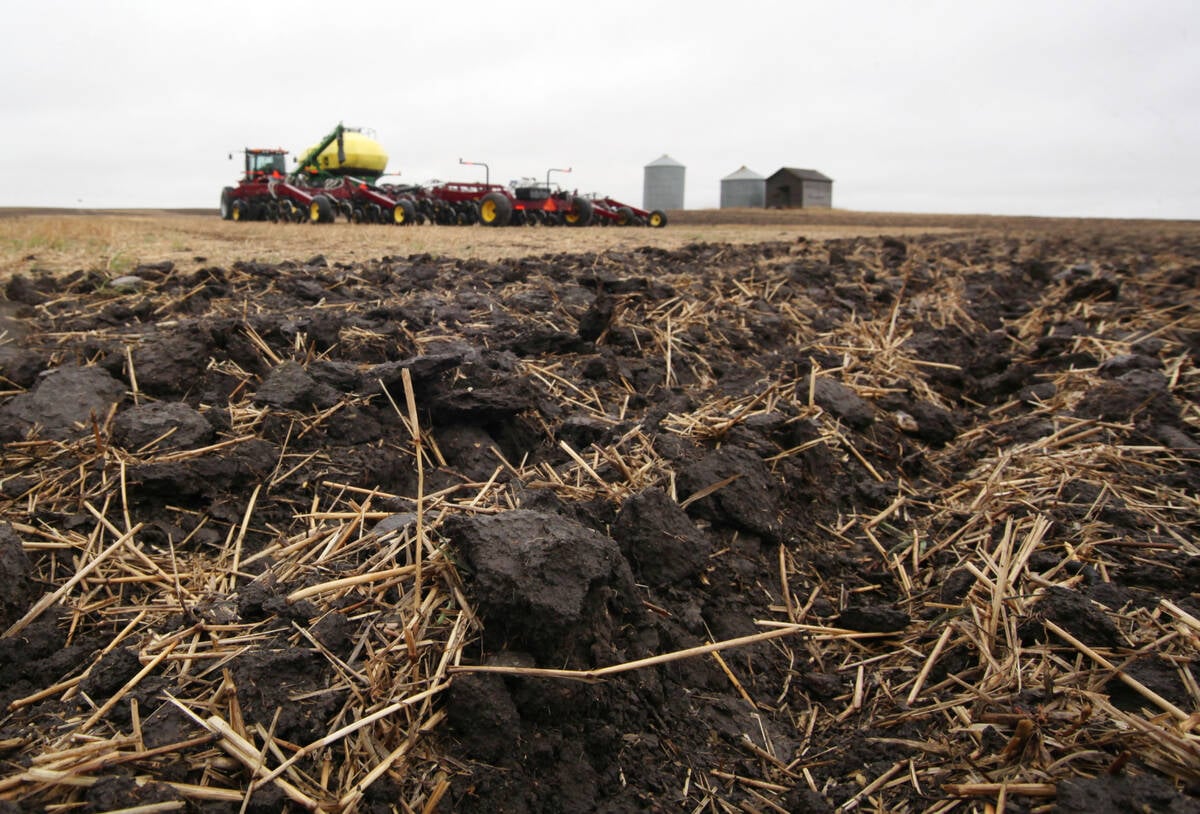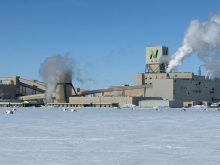The war between Israel and Iran sent shockwaves through the commodity markets last week. Crude oil was the focus of the volatility with nearby WTI (West Texas Intermediate) crude oil futures jumping from US$60 per barrel level to just over US$70 per barrel. The August contract high for WTI futures was US$78.80 per barrel early this week.
News on the weekend of the U.S. joining the conflict by destroying Iranian nuclear facilities has heightened the risk for commodities. This conflict is unlikely to be resolved quickly, even if the U.S. limits its involvement to the recent bombing attacks. That means that commodity markets will see increased volatility in the days and weeks to come.
The crude oil market is concerned that the shipping to and from the Persian Gulf will be closed by Iran. Iran’s parliament has voted to close the Strait of Hormuz, but no action has been taken so far to shut down shipping. Oil and natural gas are the main focus of the market impact as about 20 per cent of the global exports flow through the strait.
Read Also

Precision 4R cuts farm greenhouse gas emissions
Lower areas in your field tend to emit more greenhouse gas, research shows that precision 4R nutrient stewardship practices can help mute the trend
This situation is very similar to the conflict in Ukraine and Russia at the start of the Black Sea conflict. The impact on the international wheat market was immediate, but eventually the risk premium eroded. Wheat futures immediately spiked higher and rose for three months before hitting a peak in May 2022. Since the peak was hit, wheat futures have dropped by more than 50 per cent. This is likely the pattern that energy markets will follow in the coming weeks and months if the Straits of Hormuz are not closed.
The main impact of the conflict on Western Canadian agriculture will be from increased input costs. Higher crude oil futures will eventually increase the cost of diesel. Natural gas prices for farmers will also increase with global LPG prices moving higher.
Fertilizer prices will also increase as the Persian Gulf is the source of 33 per cent of global fertilizer trade. Most of the fertilizer trade is nitrogen (urea), phospate and sulphur based fertilizers. Urea prices in Saudi Arabia jumped by close to US$50 per tonne last week on the news. The increase in global fertilizer prices will obviously push prices higher in Western Canada.
Grain shipments to the region would also be impacted by the conflict. The main concern is shipments to the United Arab Emirates (UAE). For this crop year to the end of April, the UAE has imported 355,400 tonnes of canola, 276,900 tonnes of wheat, 80,200 tonnes of durum and 17,600 tonnes of oats. All of these commodities need to transit the Straits of Hormuz to reach the port of Dubai.
It is a fool’s game to try to predict the outcome of the conflict in the region, but the impact will be felt mostly in the form of higher input prices. Exports to the region will also be hurt by the conflict, but they won’t significantly impact prices in Western Canada. Increased input prices and stagnant grain and oilseed prices are the last thing farmers need given the current poor margins.

















